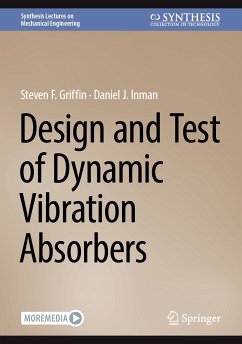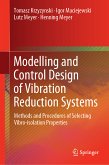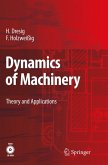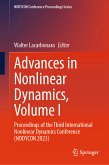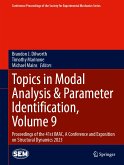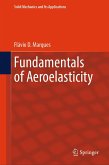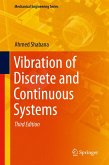The hardware demonstrators are simple and directly scalable to more complicated structures. Once a reader successfully operates the demonstration hardware, the concepts in the book are directly scalable to implementations on very complex structures like airplanes and rockets. A recipe is provided to 3D print most of the parts as well as easy-to-find brackets and sensors. The whole kit can be assembled in an afternoon. The directions will be similar in detail to a DIY magazinearticle, providing simple, step-by-step procedures.
Dieser Download kann aus rechtlichen Gründen nur mit Rechnungsadresse in A, B, BG, CY, CZ, D, DK, EW, E, FIN, F, GR, HR, H, IRL, I, LT, L, LR, M, NL, PL, P, R, S, SLO, SK ausgeliefert werden.

